The Silent Thief: How Noise Steals Your Sleep and What You Can Do About It
We've all been there – lying in bed, exhausted yet wide awake, as some relentless noise prevents us from falling asleep. Whether it's the hum of traffic, a neighbor's television, or the sudden wail of a siren, noise pollution has become one of the most pervasive yet underappreciated threats to quality sleep in modern society. The relationship between noise and sleep disruption is far more complex than most people realize, with consequences that extend well beyond simple annoyance.
Research consistently shows that even sounds we don't consciously register can trigger physiological responses that interfere with sleep. The brain remains remarkably alert to potential threats during sleep, a evolutionary holdover from when humans needed to wake quickly in dangerous situations. This means that intermittent noises – a door slamming, a dog barking – often prove more disruptive than continuous background noise, as each event can cause micro-arousals that fragment sleep architecture without fully waking the sleeper.
The science behind noise-induced sleep disruption reveals some alarming truths. Studies using polysomnography (detailed sleep monitoring) demonstrate that noise exposure increases heart rate, blood pressure, and causes shifts in sleep stages even when people don't remember waking. The body reacts to nighttime noise by releasing stress hormones like cortisol and adrenaline, essentially putting the sleeper in a state of heightened alert. Over time, this can lead to a form of conditioned insomnia where the bedroom itself becomes associated with tension rather than relaxation.
Urban environments present particular challenges for sleepers. The World Health Organization recommends nighttime noise levels not exceed 40 decibels for healthy sleep, yet many city dwellers regularly experience levels of 55 dB or higher – equivalent to constant conversational noise. Traffic noise deserves special mention; its low-frequency components penetrate walls and windows more effectively than higher pitches, making it particularly disruptive. People living near airports or busy roads often experience what researchers call "noise annoyance," a specific stress response that can linger long after the noise itself has stopped.
Children and shift workers appear especially vulnerable to noise-related sleep disturbances. Developing brains process sensory input differently, meaning children often have more difficulty filtering out environmental noise during sleep. For shift workers trying to sleep during daylight hours, the problem compounds – not only must they contend with typical daytime noise levels, but their circadian rhythms already predispose them to lighter, more fragmented sleep.
Solutions exist, but they require a combination of environmental modifications and behavioral changes. White noise machines have gained popularity for good reason – by providing a consistent auditory backdrop, they help mask more disruptive intermittent noises. However, not all white noise is created equal; some people respond better to pink noise (which emphasizes lower frequencies) or nature sounds. Earplugs can help, though they may cause discomfort for side sleepers or block important sounds like alarm clocks.
Architectural approaches show promise for long-term solutions. Double-paned windows, heavy curtains, and strategic placement of bookshelves or other furniture against exterior walls can significantly reduce noise penetration. Some forward-thinking building designs now incorporate "quiet zones" with enhanced sound insulation in sleeping areas. Urban planners are increasingly recognizing sleep health as a public health priority, leading to noise-reducing road surfaces and restrictions on nighttime deliveries in residential areas.
The psychological component of noise-related sleep disturbance shouldn't be underestimated. Cognitive behavioral techniques can help reframe one's relationship to unavoidable nighttime noise. Paradoxically, obsessing over achieving perfect silence often creates more sleep problems than the noise itself. Learning to accept some degree of ambient sound while cultivating relaxation skills frequently proves more effective than fruitless attempts to eliminate all noise.
Emerging technologies offer new hope for noise-plagued sleepers. Smart earplugs that filter out specific frequencies while allowing others to pass (like a partner's voice or a crying baby) are entering the market. Sound-masking systems that adapt to environmental noise in real time show particular promise. Meanwhile, basic smartphone apps can now analyze bedroom noise levels and suggest optimal placement for white noise machines or other interventions.
As research continues to reveal the profound health consequences of sleep disruption – from cardiovascular risk to metabolic disorders – the importance of addressing noise pollution becomes increasingly clear. What many dismiss as mere inconvenience actually represents a significant public health challenge. The right combination of personal strategies, technological solutions, and policy changes could help reclaim the silent nights essential for true rest.
Ultimately, quality sleep shouldn't be a luxury available only to those who can afford soundproof bedrooms in quiet neighborhoods. Recognizing undisturbed sleep as a fundamental human need rather than a personal indulgence marks the first step toward quieter nights and healthier populations. The solutions exist – what's needed now is the collective will to implement them.

By /May 22, 2025
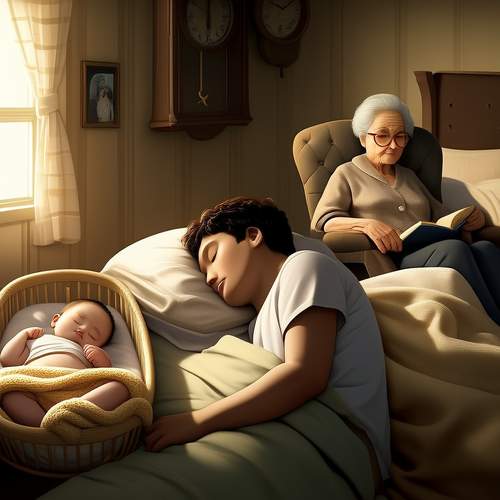
By /May 22, 2025

By /May 22, 2025
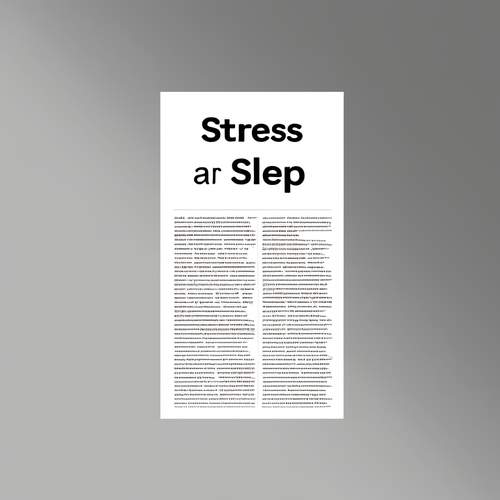
By /May 22, 2025
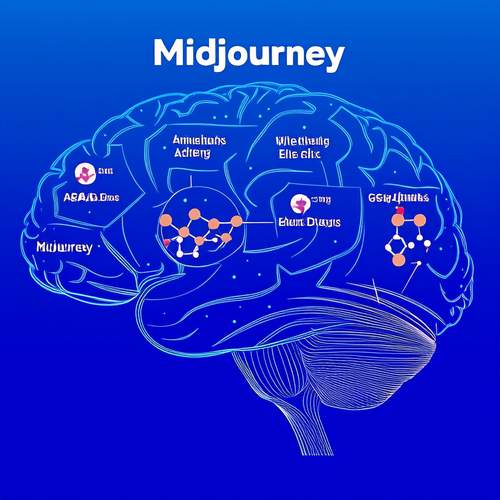
By /May 22, 2025

By /May 22, 2025
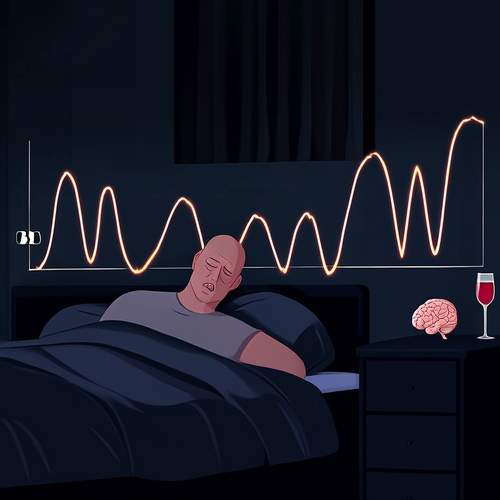
By /May 22, 2025

By /May 21, 2025
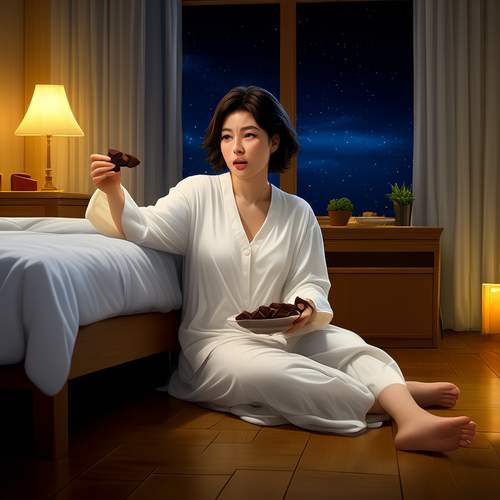
By /May 21, 2025
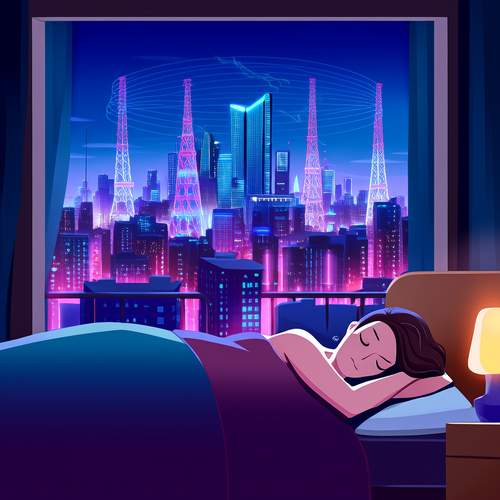
By /May 21, 2025
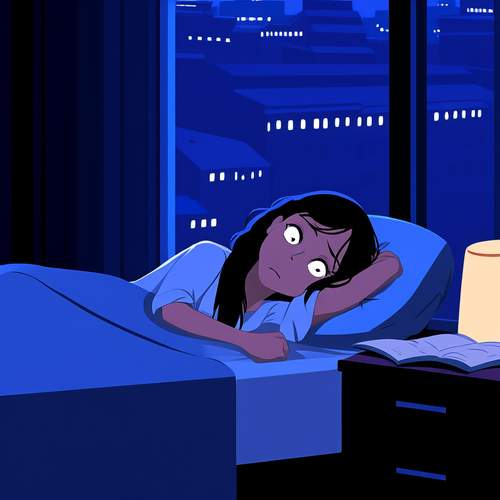
By /May 21, 2025
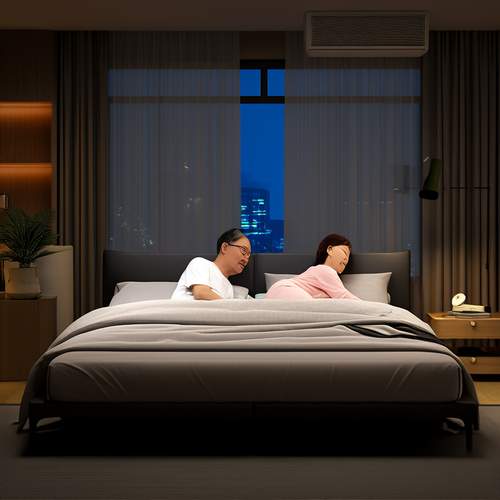
By /May 21, 2025
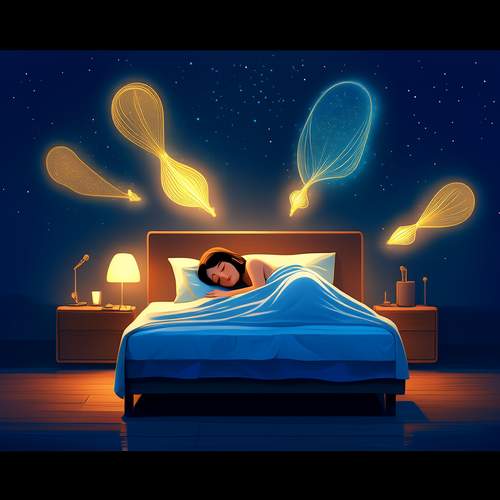
By /May 21, 2025
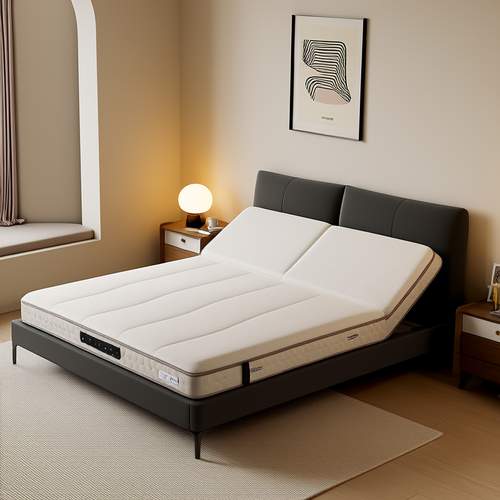
By /May 21, 2025
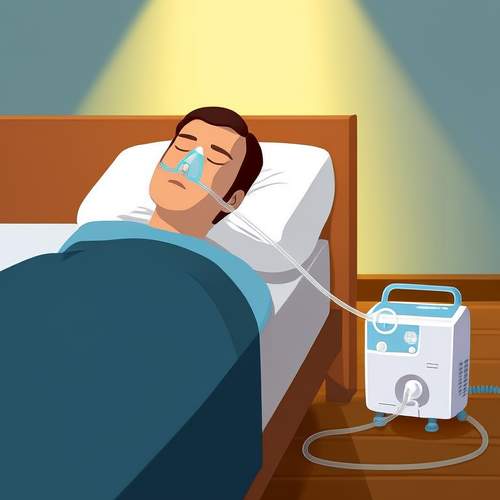
By /May 21, 2025
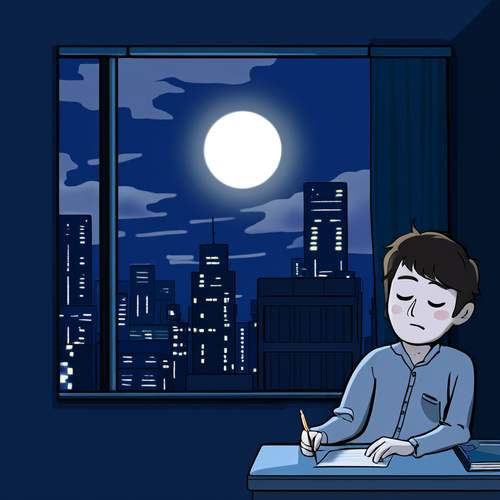
By /May 21, 2025

By /May 21, 2025